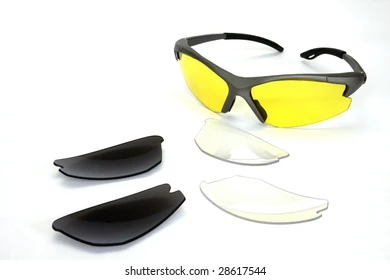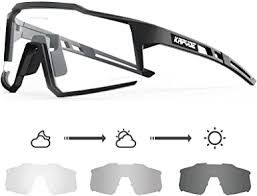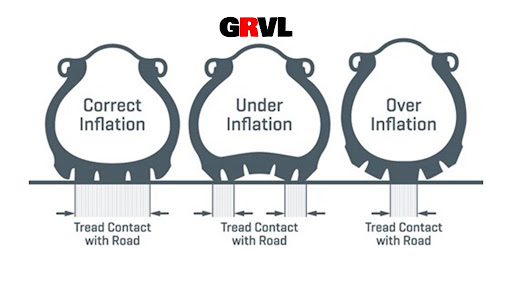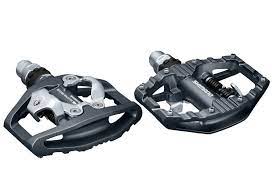Main menu
Advanced Autumn and Winter Safety Cycling Tips from Allan McGavin Sports Medicine Clinic
With a change in seasons and colder weather approaching, here are some tips to help make your ride more enjoyable and safe.
- Wear full-length cycling gloves. When your hands get cold, it not only feels terrible, but it also reduces the dexterity of your hands and fingers and increases the amount of force used to grip your handlebars and brakes. By wearing full-length gloves (ideally wind resistant +/- waterproof), you can avoid overuse injuries to areas such as the wrist and finger tendons and carpal tunnel syndrome.
- Dress warmer than you think. Maintaining a warm core body temperature is another key to keeping your hands and feet happy! It is recommended to dress in layers. It’s okay if the start of your ride feels slightly chilly as you will warm up. If your head and torso are warm, then your body will be able to keep your extremities warm so muscles, tendons, and joints can perform at their best.
- 15 degrees, cover the knees. It is a cycling “rule of thumb” that if the temperature is 15 degrees or below to cover the knees with leg warmers or tights. It’s thought to reduce the risk of injury by keeping the fluid that lubricates joints sufficiently warm to keep the surfaces of the knees gliding well. This is the same idea as warming up before an activity, but often with the wind hitting the knees while cycling it can be hard to keep them warm
- Keep your feet warm. Besides cycling shoe covers and warmer socks, if your cycling shoes have vents at the bottom, you can place tin foil (shiny side up) under the insole to help keep the heat in!
- Clear or light coloured eyewear. Even if the sun isn’t out, it is still good to keep the eyes covered with sunglasses to protect them from UV rays and dangerous debris / bugs. I also typically suggest sunglasses with a small thickness frame at the top that doesn’t slide down to avoid having to extend your neck more while cycling. To avoid multiple pairs, there are also ones that have interchangeable lenses or that have transition lenses.


- Lower tire air pressure. When the temperature drops and ground conditions become a bit more sleek, it is recommended to lower your tire air pressure. This helps to increase grip in bad weather conditions. There are a couple of PSI calculator websites to help you get a more precise measurement. Here is a simple one for wet and colder weather: https://www.bergfreunde.eu/road-bike-tyre-pressure-calculator/. Generally dropping the pressure around 5-10 PSI compared to your usual is a good place to begin in rainy and cold road conditions.

- Pedal configuration. Changing to a dual-sided bike pedal with one side flat and one for clipping in is a good way for riders to alternate between short commutes that require frequent stops and longer, uninterrupted rides. While clipping in improves cycling efficiency because your legs are active during the entire revolution, it can also increase the risk of falls because you often can’t unclip quickly enough if you start to skid to get your foot to the ground for support. If you don’t clip in but have pedal straps or cages, it may be advisable to also remove those for slippery riding seasons.

About the author:
Midori Lam (Handford) is a Registered Physiotherapist at Allan McGavin Sports Medicine Clinic, Plaza of Nations location. She has been offering bike fits since 2017 for individuals of all levels of cycling abilities. Midori enjoys cycling and has completed the Whistler Gran Fondo, standard distance triathlons, an Ironman 70.3, and one full distance Ironman. Midori has also volunteered for the Poco Gran Prix, part of BC Superweek Pro race series for a few years. For more information about bike fitting and booking, you can call the clinic at 604-642-6761or email plaza@allanmcgavinphysio.com. Contributions for this blog post were also made by Master’s of Physical Therapy student Mikayla Ogrodniczuk.
